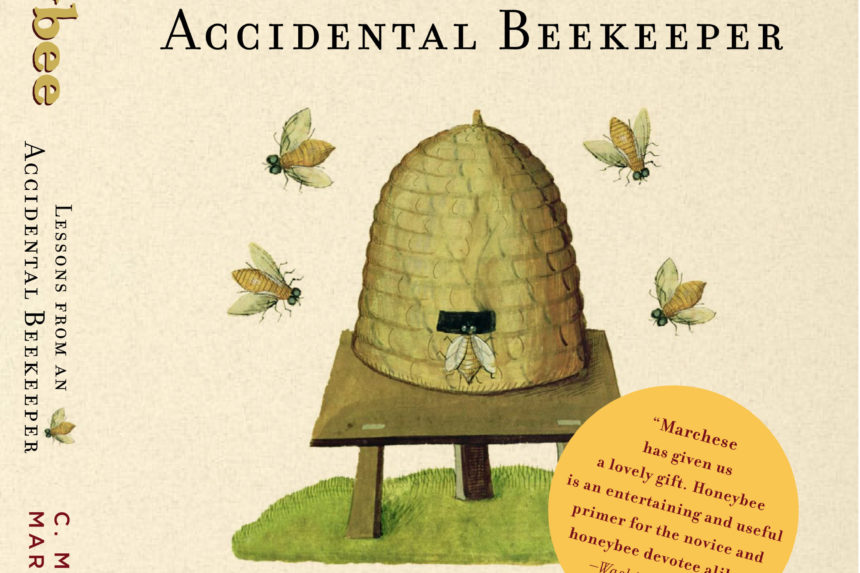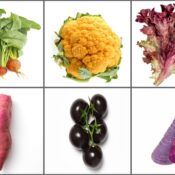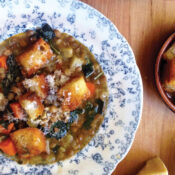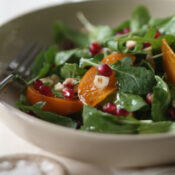In the Jan/Feb issue of the Post, Marina Marchese shares the impressive story of how she left behind the rat race in New York City to become a beekeeper. Now, she’s sharing one of her artisanal honey recipes with us.
From her book, Honeybee: Lessons from an Accidental Beekeeper, these twice-baked cookies are a great treat at any time of the year. We recommend serving them with a cup of black tea or cappuccino—especially while there’s a chill in the air.
Note that the recipe calls for clover honey, which is honey obtained from bees that primarily eat clover flowers, and this can be purchased at your local grocer.
Honey Almond Biscotti
Servings: 36 cookies
Prep Time: 25 minutes
- Ingredients:
- 1/2 cup unsalted butter or margarine, softened
- 3/4 cup clover honey
- 2 large eggs
- 1 teaspoon vanilla extract
- 3 1/2 cups of all-purpose flour
- 2 teaspoons of aniseeds
- 2 teaspoons ground cinnamon
- 1/2 teaspoons baking powder
- 1/2 teaspoons salt
- 1/4 teaspoon baking soda
- 1/4 cup dried cranberries
- 3/4 cup dried slivered almonds
Directions:
Preheat oven to 350 degrees.
Using electric mixture, beat butter until light; gradually add honey, eggs, and vanilla, beating until smooth. In a small bowl, combine flour, anise seeds, cinnamon, baking powder, salt, and baking soda; gradually add to honey mixture, mixing well. Stir in cranberries and almonds.
Shape dough into two 10x3x1- inch logs on greased baking sheet. Bake for 20 minutes or until light golden brown. Remove from oven to a wire rack, and cool 5 minutes. Reduce oven to 300 degrees. Transfer logs to
cutting board. Cut each log into 1/2-inch slices; arrange pieces on baking sheet. Bake 20 minutes or until crisp. Cool on wire racks.
Excerpted with permission from Honeybee: Lessons from an Accidental Beekeeper by C. Marina Marchese, published by Black Dog & Leventhal Publishers, 2009.
Become a Saturday Evening Post member and enjoy unlimited access. Subscribe now




Comments
The dried cranberries should be 1/4 cup instead of 1/4 teaspoon.
“Note that the recipe calls for clover honey, which is honey obtained from bees that primarily eat clover flowers”
Note that you can use honey obtained from bees that primarily eat whatever is in your area or the area of where you get your honey. Fireweed, vetch, orange blosson, cranberry, or even buckwheat can be used, with slightly different flavour variations as the result.
Real cooks are not so retentive… especially real cooks who know a bee or two. 🙂